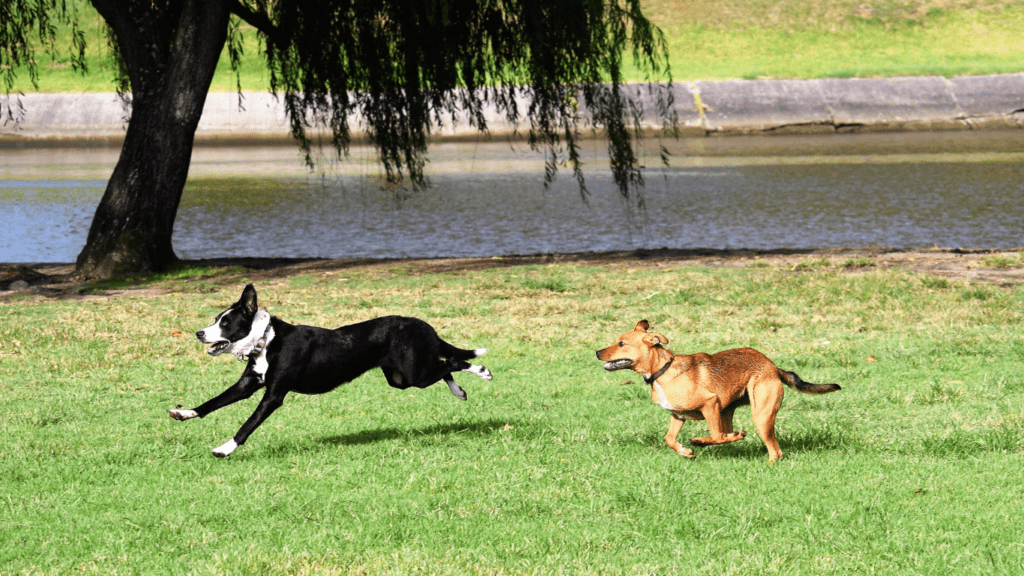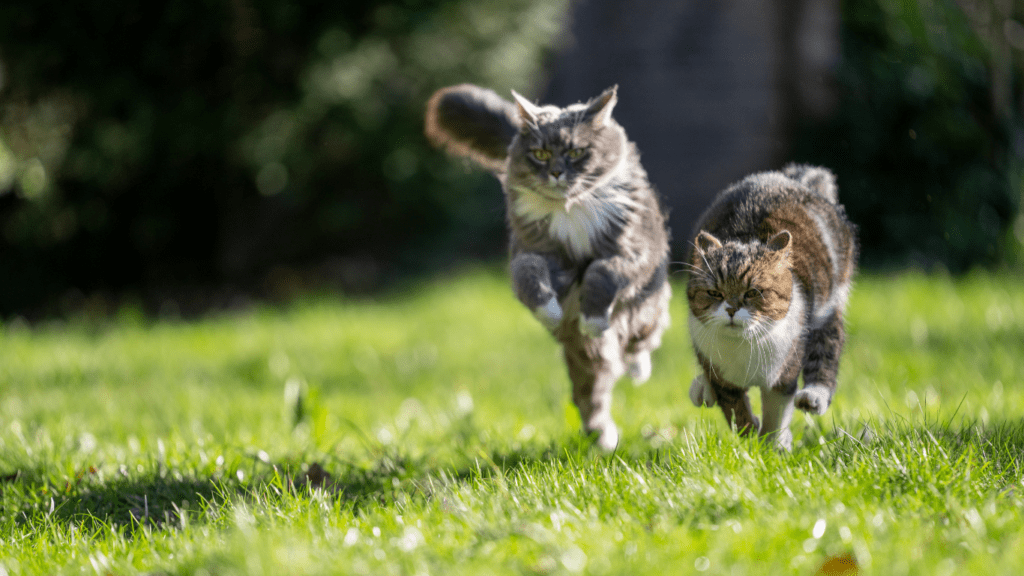Physical Health Benefits
Regular exercise provides crucial benefits for your pet’s physical health, ensuring they maintain optimal well-being.
Weight Management
Exercise helps manage your pet’s weight, preventing obesity. Obesity can lead to serious conditions like diabetes and heart disease. Daily activities, such as fetch or walks, burn calories and keep your pet’s weight in check. Animals that stay active have lower risks of developing obesity-related complications. By integrating physical activity into their routine, pets can maintain a healthy weight.
Improved Joint Health
Active pets tend to have better joint health. Regular movement strengthens muscles around joints, reducing strain. This can be particularly important for older pets, who often suffer from arthritis. Daily exercise encourages flexibility and mobility, decreasing stiffness and discomfort. Ensuring that your pet moves regularly can prevent or delay joint issues.
Enhanced Cardiovascular Function
Exercise significantly boosts cardiovascular health. Activities that elevate the heart rate, like running or swimming, improve circulation. This ensures that your pet’s organs receive adequate oxygen and nutrients. Regular exercise strengthens the heart muscle, reducing the risk of cardiovascular diseases. Pets with strong cardiovascular systems are more energetic and have better overall health.
Mental Health Benefits
Regular exercise offers significant mental health benefits for pets. It keeps their minds active and contributes to their overall happiness.
Reduced Anxiety and Stress
- Exercise reduces anxiety and stress in pets.
- Physical activity helps release pent-up energy that can manifest as anxiety
- A dog that regularly goes on walks or plays fetch shows fewer signs of anxiety compared to one that stays inactive.
- Regular routines offer stability, decreasing stress levels.
- According to the American Kennel Club, exercise releases endorphins, which improve mood.
Behavioral Improvements
Improving pet behavior is another benefit of regular exercise. Active pets exhibit fewer behavioral issues like:
- excessive barking
- chewing
- digging
For instance, a cat that engages in interactive play will likely scratch furniture less. Exercise satisfies the natural instincts of pets, preventing destructive behavior. Regular physical activity also promotes better sleep, which positively impacts overall behavior. Pets with sufficient exercise are more obedient and easier to train, enhancing the pet-owner relationship.
Socialization Benefits
Regular exercise offers significant socialization benefits for pets. When pets engage with their owners and other animals, they become more well-adjusted and exhibit improved behavior.
Building Stronger Bonds
Exercise activities, like playing fetch or going for walks, help strengthen the bond between pets and their owners. Shared activities create positive associations and trust. Engaging regularly in these activities also improves communication, making training easier and more enjoyable.
Socializing with Other Pets
Interacting with other pets during exercise sessions fosters social skills. Pets learn to communicate, share space, and play appropriately. Dog parks and pet-friendly events provide excellent opportunities for these interactions. Dogs, for example, benefit from meeting various breeds, which enhances their adaptability and reduces aggressive tendencies. Regular visits to these environments also help pets become more confident and less anxious in new situations.
By integrating regular exercise into their routine, pets not only stay physically fit but also develop essential social skills.
Exercise Ideas for Pets

Regular exercise is crucial for maintaining the well-being of pets. Different pets require different types of activities to stay healthy and happy.
Dogs
For dogs, consider activities like walking, running, and playing fetch. Walks provide dogs with essential physical exercise and mental stimulation. Running is excellent for high-energy breeds, while fetch helps improve agility and coordination. Dog parks offer opportunities for socialization and off-leash play. Swimming is another great exercise, especially for breeds that enjoy water. Puzzle toys and agility courses also keep their minds sharp.
Cats
Cats enjoy activities that mimic hunting behavior. Interactive toys like feather wands or laser pointers encourage cats to chase and pounce, providing necessary exercise. Play sessions should last about 15-20 minutes to maintain interest. Climbing trees and scratching posts cater to their natural climbing instincts and help with stretching. Consider setting up a window perch or a catio to offer safe outdoor experiences.
Small Animals
For small animals like rabbits, guinea pigs, and hamsters, wheel exercise and obstacle courses are effective. Provide tunnels and mazes to stimulate exploration and movement. Ensure that rabbits have access to a safe, enclosed outdoor area for grazing and running. Hamster balls, when used correctly, offer a safe way for hamsters to explore their environment. Guinea pigs benefit from supervised floor time and interactive toys designed for chewing and manipulation.
Safety Tips for Pet Exercise
Ensuring your pet’s safety during exercise is crucial for their well-being. Following some key guidelines helps create a safe and enjoyable experience for both you and your pet.
Choosing the Right Environment
Selecting a suitable environment ensures your pet’s safety. For dogs, consider parks or fenced yards away from traffic and hazards. Cats benefit from secure indoor spaces with interactive toys or supervised outdoor enclosures. Small animals, like rabbits, require obstacle-free indoor areas for playtime. Always check the ground for sharp objects or slippery surfaces to prevent injuries.
Recognizing Signs of Overexertion
Knowing when your pet is overexerting can prevent serious health issues. Watch for signs like excessive panting in dogs, drooling, or reluctance to move. For cats, overexertion might manifest as heavy breathing or hiding. Small animals may exhibit lethargy or rapid breathing. Immediately stop the activity and provide water and rest if your pet shows these signs.




